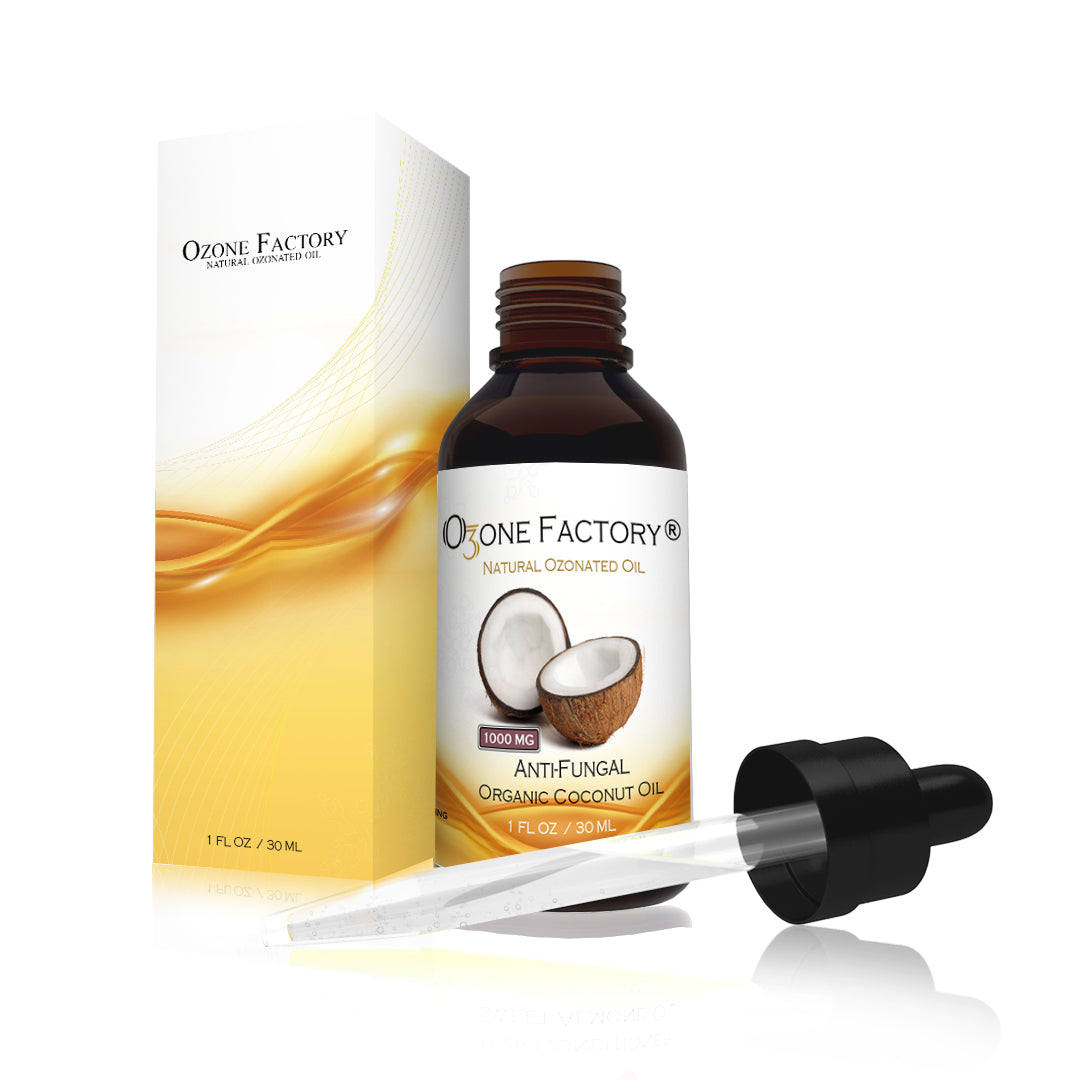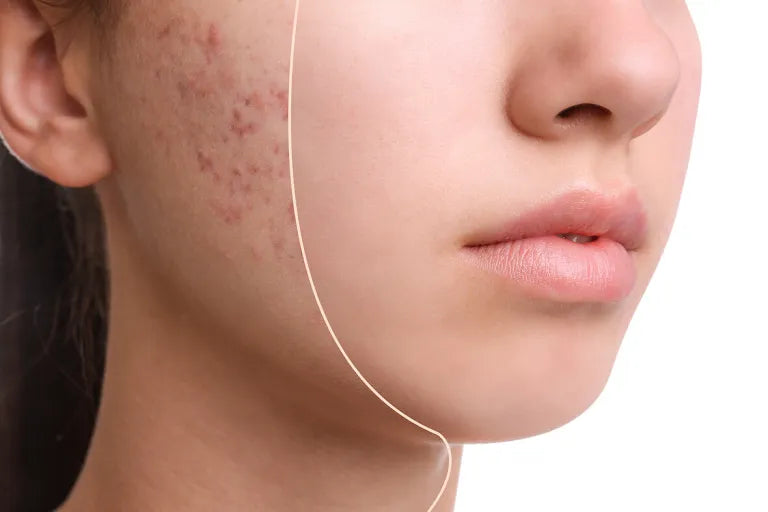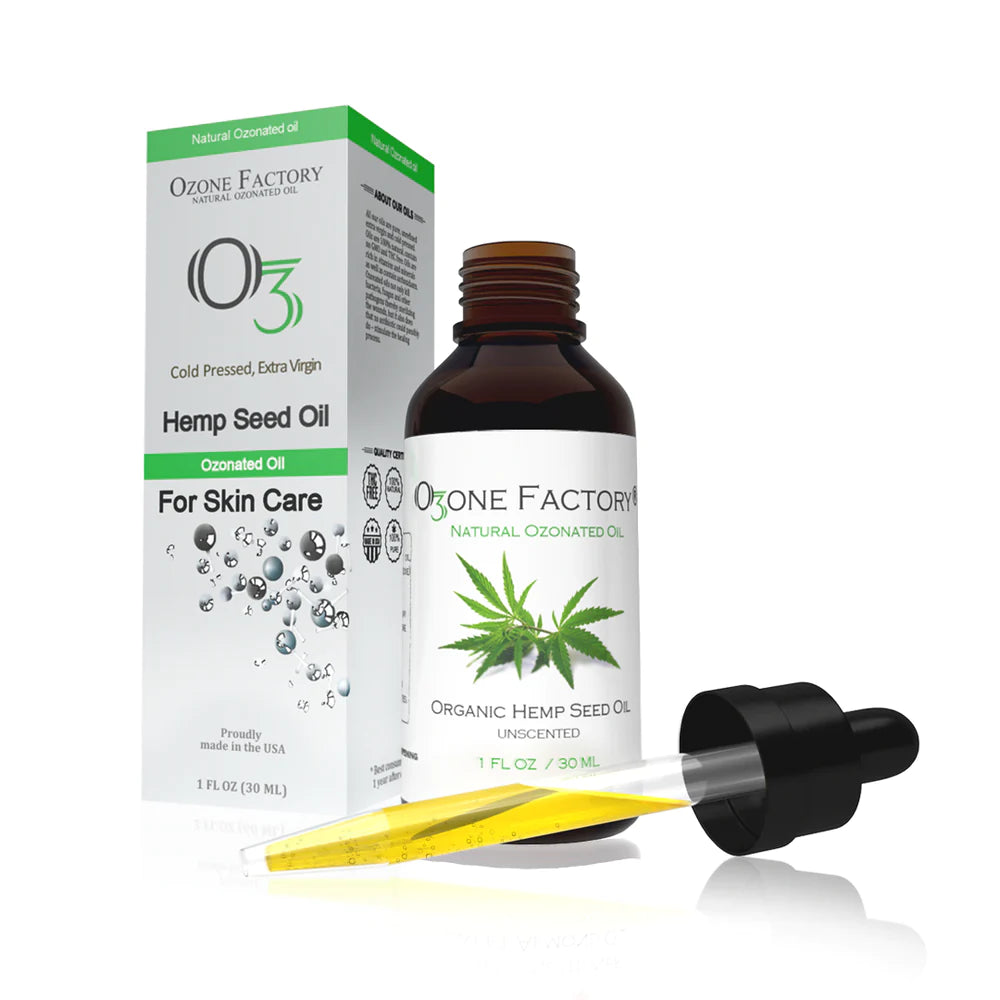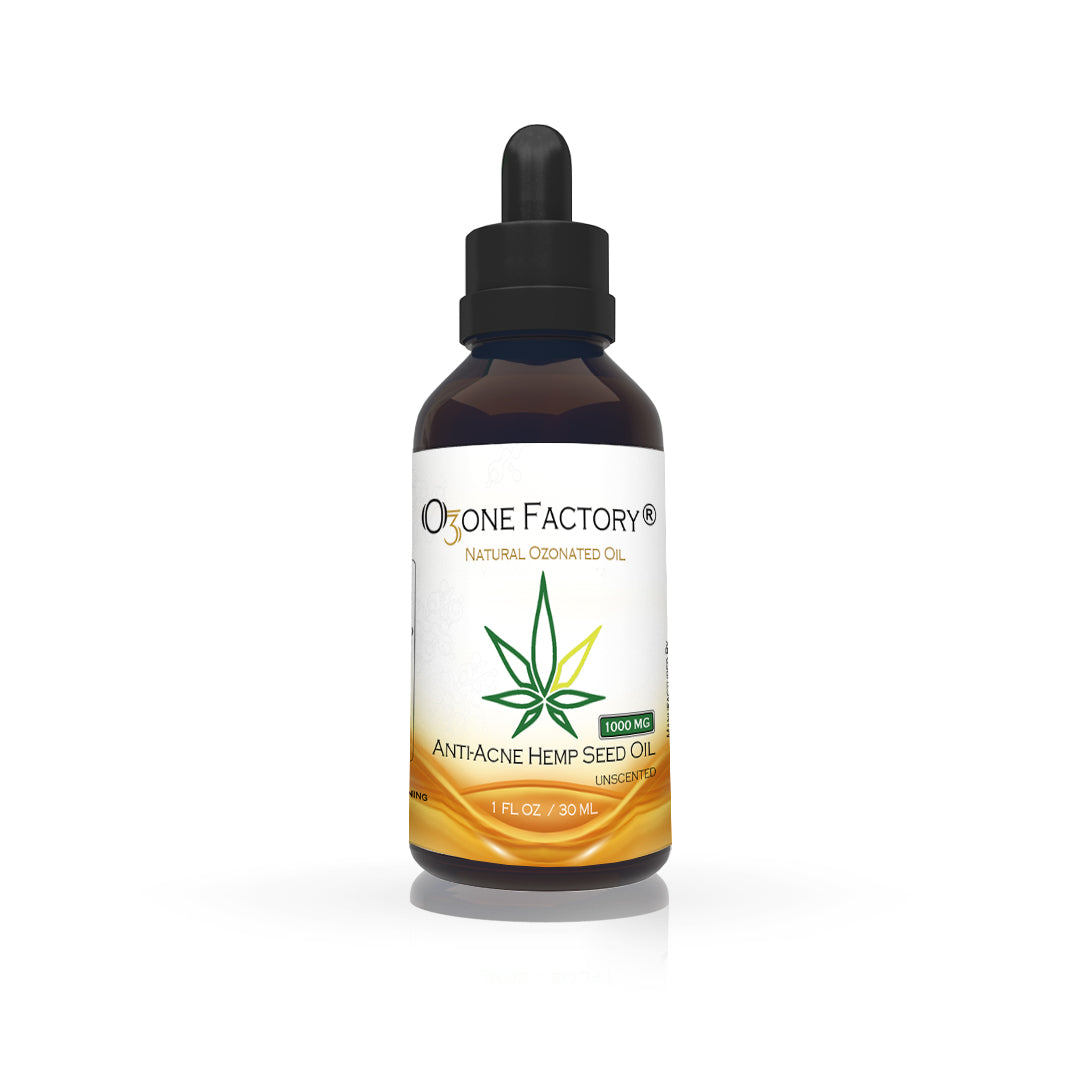
If you've ever struggled with skin issues, you may have come across the term "comedogenic" when researching skincare or cosmetic products. But what exactly does it mean when a product is labeled as comedogenic? In this article, we'll delve into the world of comedogenic products, exploring what they are, how they can affect your skin, and how to make informed choices when it comes to your skincare and beauty routine.
What Are Comedogenic Products?
The term "comedogenic" refers to the ability of a skincare or cosmetic product to clog pores, leading to the formation of comedones. Comedones are non-inflammatory acne lesions that can appear as whiteheads or blackheads. Comedogenic products can contribute to the development of these skin issues, especially for individuals with acne-prone or sensitive skin.
Understanding the Comedogenic Scale
To help consumers make more informed choices, many skincare and beauty products are labeled with a comedogenic rating. This rating is typically expressed as a scale, often from 0 to 5, with 0 being non-comedogenic (unlikely to clog pores) and 5 being highly comedogenic (very likely to clog pores). Here's what each rating on the scale means:
- Non-Comedogenic (0-2): Products in this range are less likely to clog pores and are generally safe for most skin types. They are a better choice for those with sensitive or acne-prone skin.
- Mildly Comedogenic (3): Products rated as 3 may have a moderate likelihood of clogging pores. These products may be suitable for some individuals but should be used with caution, especially for those with acne-prone skin.
- Moderately Comedogenic (4): Products with a rating of 4 are more likely to clog pores. They should be used sparingly and avoided by those with acne-prone or sensitive skin.
- Highly Comedogenic (5): Products rated 5 are considered highly comedogenic and are most likely to clog pores. They are not recommended for individuals with any skin type, especially those with a history of acne.

Why Avoid Comedogenic Products?
Avoiding comedogenic products is important for maintaining clear and healthy skin for several reasons:
- Acne Prevention: Comedogenic products can lead to clogged pores, which is a common trigger for acne breakouts. Avoiding these products can help reduce the risk of acne development.
- Skin Irritation: Clogged pores can also lead to skin irritation, redness, and inflammation. Non-comedogenic products are less likely to cause these issues.
- Premature Aging: Clogged pores may lead to an uneven skin texture and the appearance of fine lines and wrinkles, potentially accelerating the signs of aging.
- Skin Health: Clear, unclogged pores are essential for your skin to breathe, repair, and maintain overall health. Comedogenic products can hinder these processes.
Ozonated Oils and Comedogenicity
The comedogenicity of ozonated oils, much like other oils, varies depending on the base oil used in the ozonation process. Different base oils have different comedogenic ratings.
Here's a general overview of some commonly used base oils in ozonated oils:
- Ozonated Olive Oil: Olive oil itself has a comedogenic rating of 2, making it moderately comedogenic. However, the ozonation process seems to reduce its comedogenic properties, and ozonated olive oil is often considered less likely to clog pores.
- Ozonated Grapeseed Oil: Grapeseed oil is lightweight and non-comedogenic, making it a good choice for those with oily or acne-prone skin.
- Ozonated Hemp Seed Oil: Hemp seed oil has a low comedogenic rating and is often used in skincare products.
- Ozonated Safflower Oil: Safflower oil is typically non-comedogenic and can be used as a moisturizer.
- Ozonated Coconut Oil: Coconut oil is known to be comedogenic (rated 4). While ozonation can help mitigate its comedogenic effects to some degree, it may still not be suitable for those with acne-prone skin.

It's important to remember that individual skin types and sensitivities play a significant role in how ozonated oils may affect your skin. What works well for one person might not work as effectively for another. It's advisable to perform a patch test when introducing ozonated oils or any new skincare product to your routine.
Choosing the Right Ozonated Oil
When selecting an ozonated oil for your skincare needs, consider the following factors:
- Skin Type: Your skin type plays a crucial role in determining which ozonated oil is best for you. Those with oily or acne-prone skin may want to opt for ozonated oils with lower comedogenic ratings.
- Personal Sensitivity: Pay attention to how your skin responds to ozonated oils. If you notice any adverse effects or breakouts, it may be best to discontinue use.
- Product Quality: Ensure you choose high-quality ozonated oils that have undergone a proper ozonation process to maintain their integrity and effectiveness.
- Consult a Professional: If you have specific skin concerns or are uncertain about which ozonated oil to use, consider consulting a dermatologist or skincare professional for personalized recommendations.

In conclusion, the comedogenicity of ozonated oils can vary based on the base oil used and the ozonation process. To make the most informed choices, consider your skin type, sensitivity, and the quality of the ozonated oil you choose. With proper selection and care, ozonated oils can offer a range of skincare benefits without causing unwanted breakouts or skin issues.






